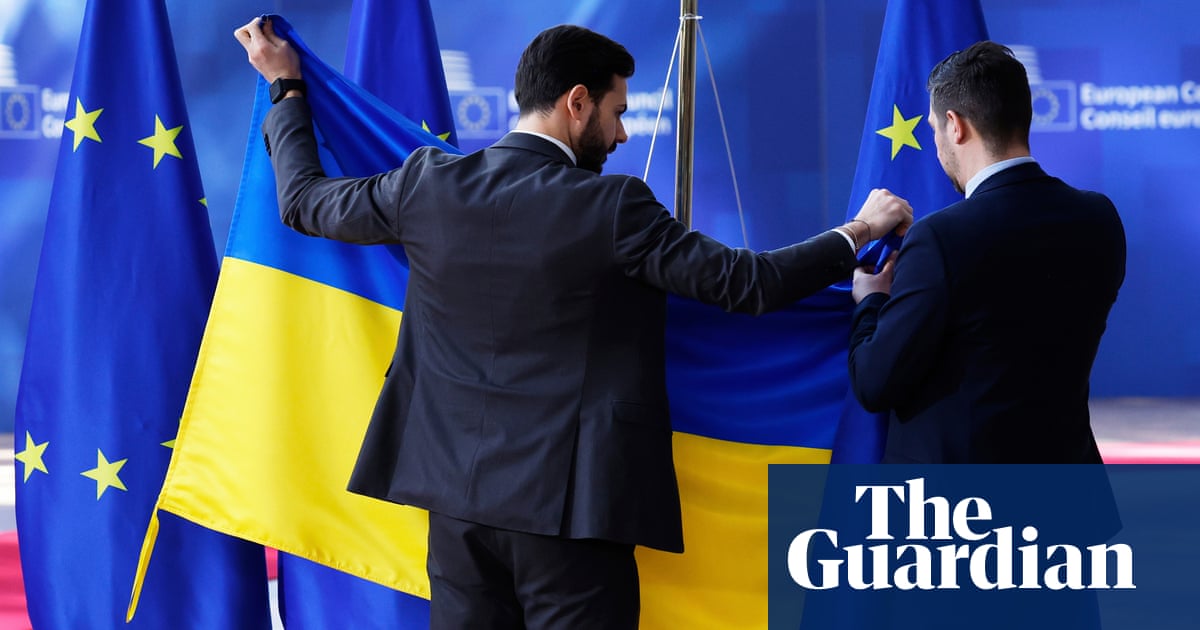LevelTen Energy sees European PPA prices drop in Q2 | Digital Infra Network

LevelTen Energy’s Q2 European PPA Price Index Report, which is now available for subscribers, shows a drop in power purchase agreement (PPA) prices for wind and solar following an influx of RFP activity on the LevelTen Energy Marketplace. This shows signs of stabilization following years of volatility in European electricity markets.
Key takeaways from this quarter’s report:
1) European Solar PPA Prices Plunge
Following slight price declines in Q1, P25 solar PPA prices plummeted by 27% in Q2 on LevelTen’s European PPA Price Index. The biggest driving factor behind this distinct price drop was a large number of highly competitive market solicitations run by major buyers through the LevelTen Platform. A high volume of aggressively priced offers submitted through these processes boosted liquidity and pushed average PPA prices down on our Index.
Q2’s price drop also reflects updated forward curves that show a far more moderate outlook for wholesale electricity prices in Europe, bolstered by healthy natural gas stockpiles. More and more European markets are seeing growing renewable penetration creating an issue of more low- and negative-priced hours. These low spot prices add challenges for developers, who need sustainable revenue streams to secure project financing. Developers may be adjusting PPA prices to reflect these evolving market conditions.
2) Wind PPA Prices Tumble, Too
Europe’s wind industry has had a trying few years, with supply chain snarls, inflationary pressures, permitting delays, and land scarcity all challenging the sector. With that said, the industry’s headwinds may have begun abating as the volume of wind offers rebounded in Q2: a heartening sign that European wind is gaining traction once again.
An influx of competitive wind offers from lower-priced markets that were absent from LevelTen’s Q1 Index were a driving factor behind the 29% drop in European P25 wind PPA prices in Q2. While only three European wind markets hosted sufficient offer volume to make LevelTen’s PPA Price Index in Q1, seven markets qualified in Q2, including the reappearance of low-priced Finnish wind.
There is hope that policy measures aimed at boosting land availability and reducing permitting barriers are set to help European wind continue to resurge. But, these efforts will take more time to come into full effect.
3) EU Parliamentary Elections Bring Potential Policy Impacts
The EU Parliamentary elections in June saw the legislative body shift to the right. This change, and the new coalitions that are likely to form as a result, may inhibit the passage of new EU climate proposals in the coming years. However, it is unlikely that important initiatives, like the Green Deal, will be in the crosshairs. This rightward shift in political power is also manifesting in national-level European political arenas, with a rise in right-wing politics posing threats to renewable energy policy in countries like France.
Good news for development costs arrived on 6 June, when the European Central Bank (ECB) lowered its benchmark interest rate for the first time in years. Major banking figures believe the ECB may be poised to cut rates twice more in 2024, which would reduce financing pressure for developers, allowing for less of project revenues needing to be allocated to loan repayment. More rate cuts may help developers reduce PPA prices over time as the added financing pressure of higher interest rates gradually subsides.
4) Ample PPA Supply is Available to Buyers
Given current market conditions, European developers may be looking to optimise their offers to ensure their competitiveness, resulting in lower PPA prices. These compelling options will surely be a welcome sight for PPA buyers who, until last quarter, faced continually soaring prices. And, as more European PPA markets like Romania and Greece continue to emerge, supply in Europe is arguably more available to buyers than it has been in years.
While the current state of the market is highly encouraging, there is no guarantee these conditions will persist. Recent analysis shows that data center demand, supercharged by the advent of next-gen AI, is poised to boost European power demand by as much as 50% between 2023 and 2033. Major technology companies are already making substantial data center investments in European markets — facilities they will seek to power with renewable energy. While electricity demand in Europe may be somewhat tepid today, many signs are indicating that the need for clean energy capacity is poised to grow significantly in the coming years, meaning prospective buyers may be rewarded for entering the market sooner than later.
Related
Zelenskyy reiterates call for air truce after huge Russian attack…
We need Russia to stop attacks, Zelenskyy says, backing calls for truce in air, at seaUkrainian president Volodymyr Zelenskyy has responded to overnight attacks
Europe scrambles to rearm as Trump threatens security guarantees and…
CNN — European leaders have vowed to rearm the continent at historic emergency talks h
Russia launches ‘massive’ attack on Ukraine after Europe rushes to…
Ukraine's energy and gas infrastructure came "under massive missile and drone shelling" by Russia on Friday, a Ukrainian minister said."The energy and gas infra
American severance may be averted, but Europe’s leaders must fear…
With a mixture of regret, laced with incredulity, European leaders gathered in Brussels to marshal their forces for a power struggle not with Russia, but with t












